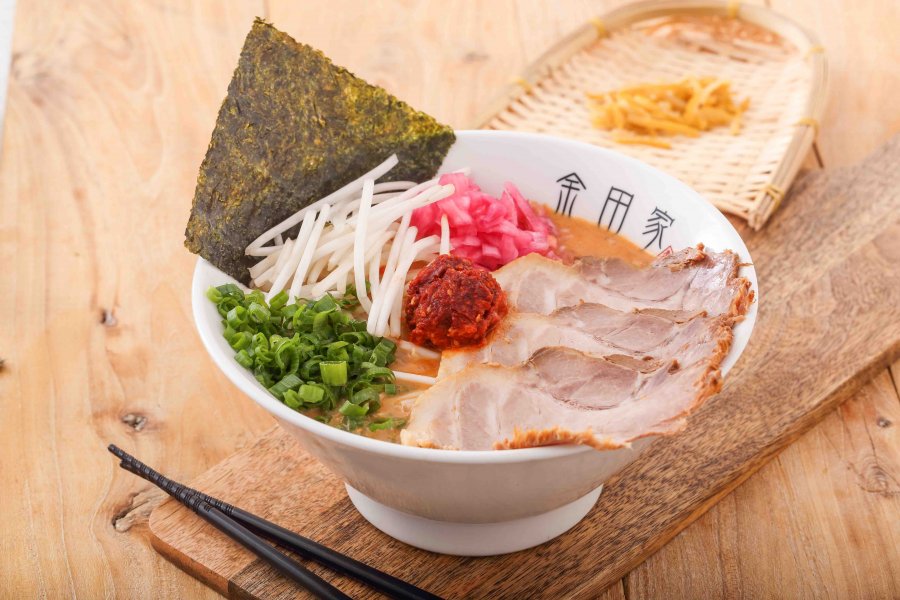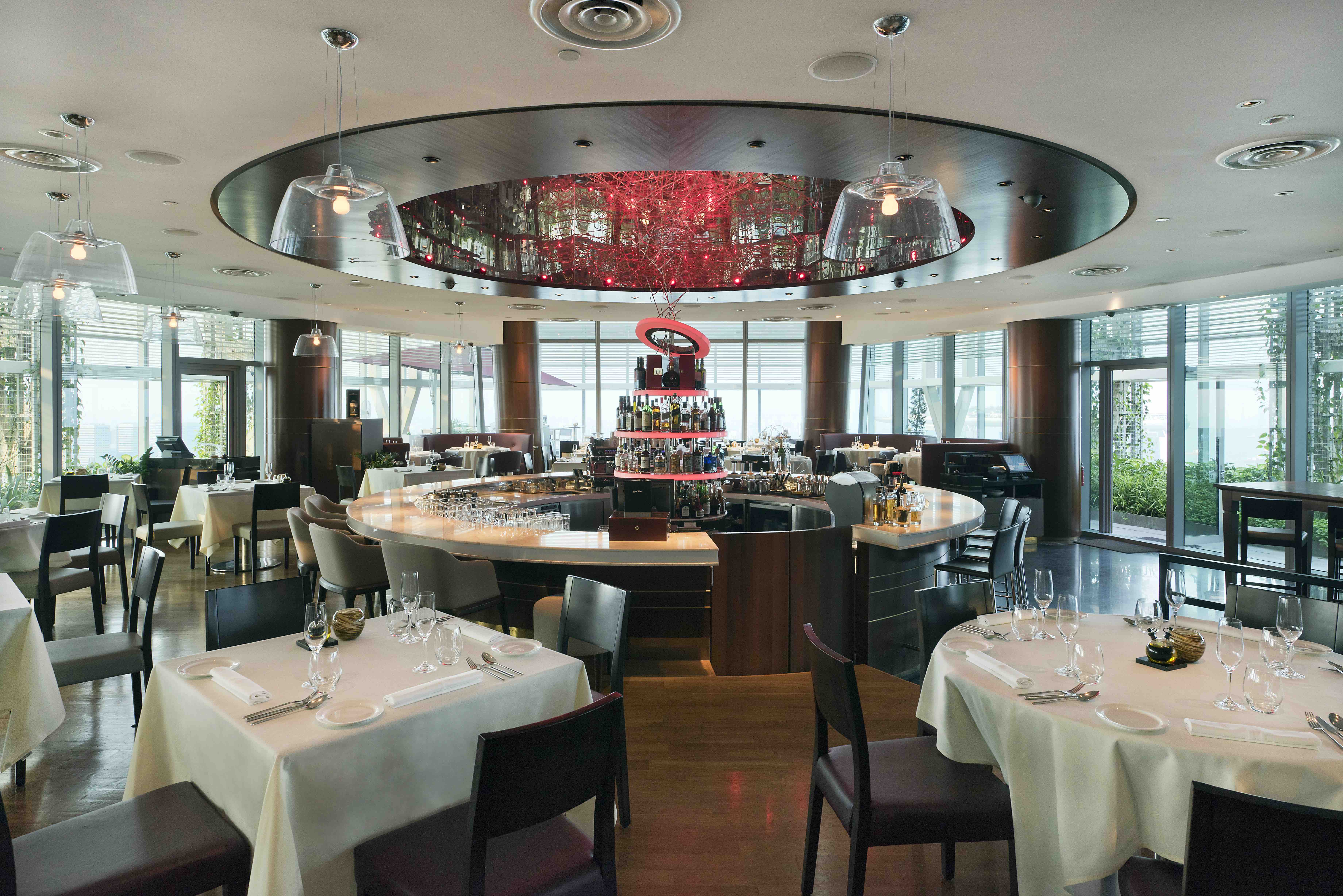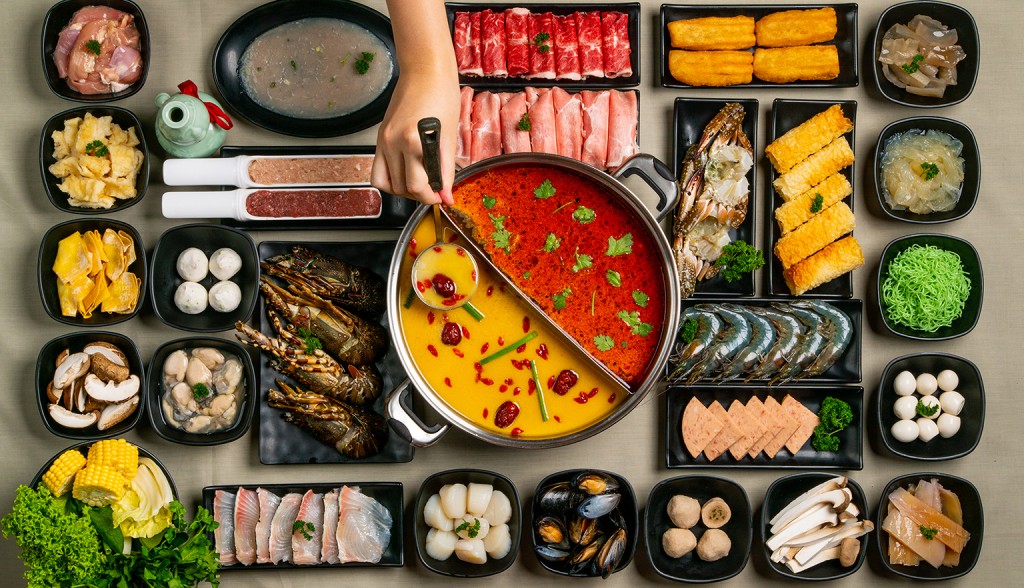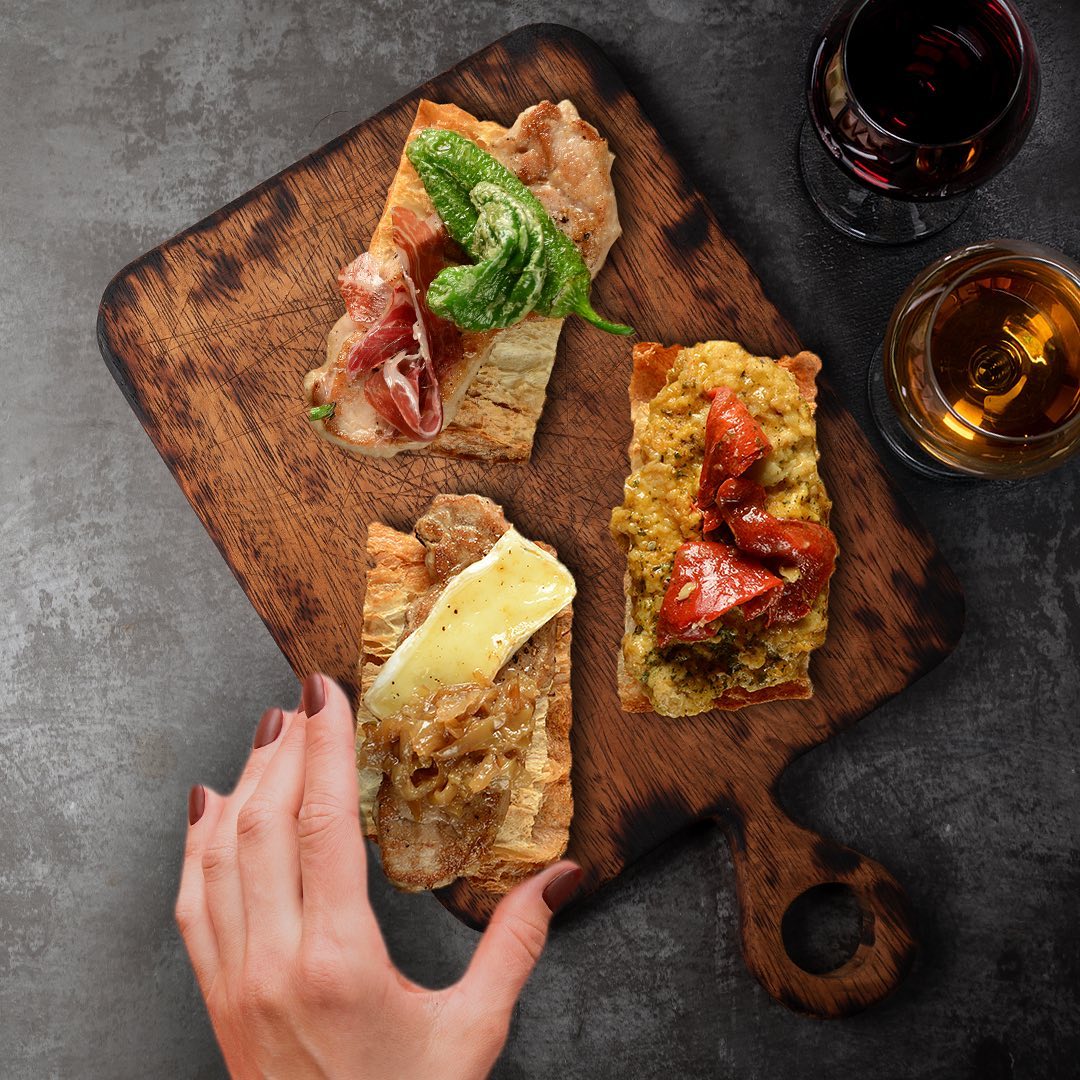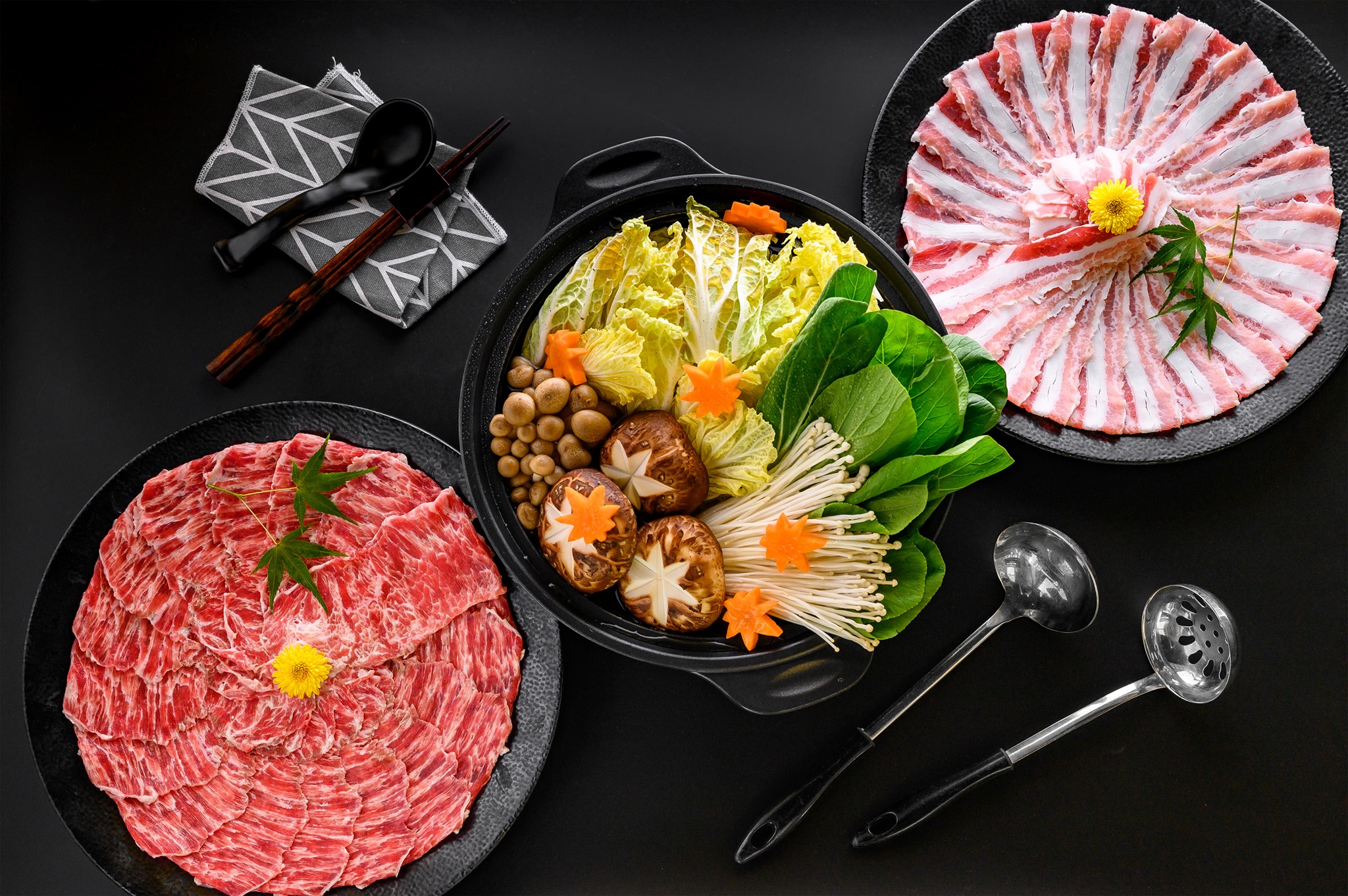Afuri Ramen
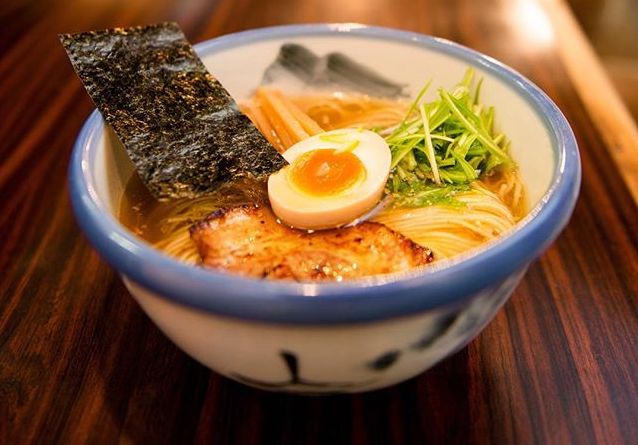
Ha-Oh Hototogisu Ramen
Founded by Chef Atsushi Yamamoto in 2006, Michelin-starred Hototogisu Ramen hails from Tokyo, boasting blended flavours through their unique broths. Their signature dish, Crab Ramen, is served with broth made from simmering Japanese blue crabs.
Hokkaido Ramen Santouka
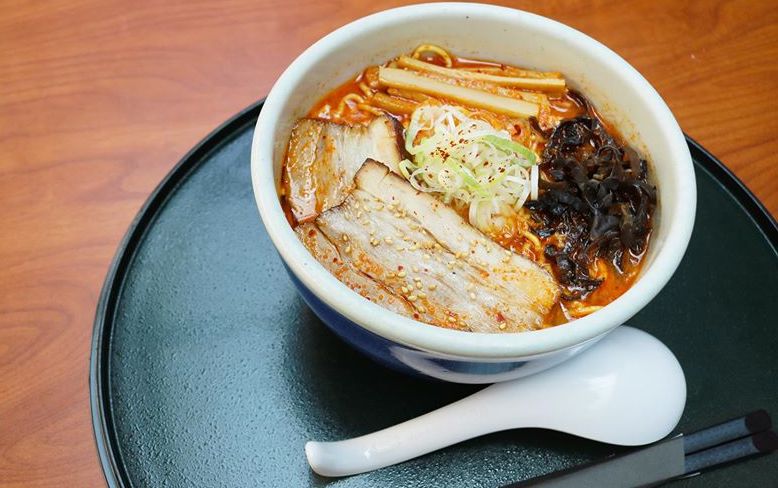
With its extensive menu and consistent taste, Hokkaido Ramen Santouka’s long queues are definitely here to stay. If you like your pork, give their Tokusen Toroniku Ramen a try, then add on a rice side topped with fish roe to get the most out of your soup.
Ikkousha Hakata Ramen
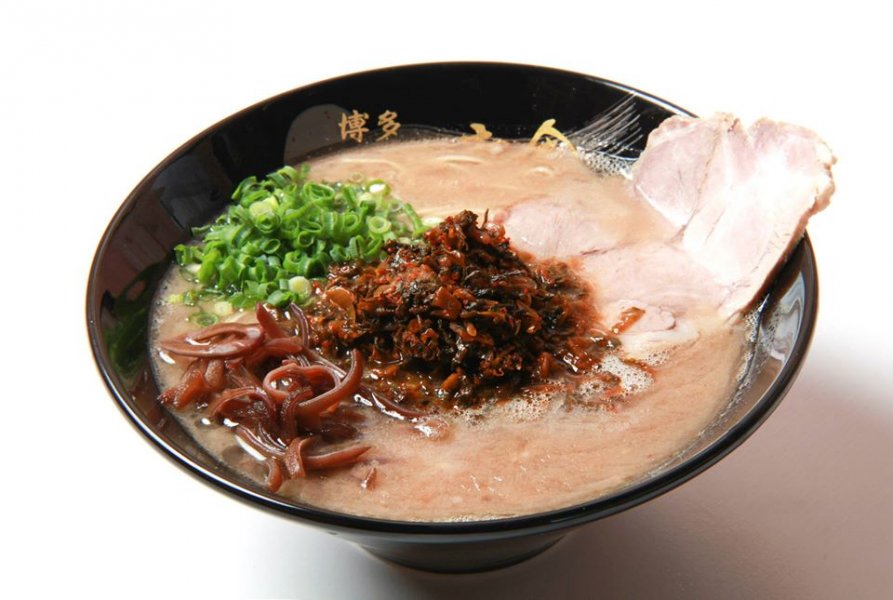
Ikkousha’s Hakata-style ramen bowls are made with thin, springy noodles that are blanched for 15 seconds before being served in a pork broth. Top your bowl off with a flavoured egg, or go for the Tonkotsu Special with collagen-rich pork bone soup.
Ippudo
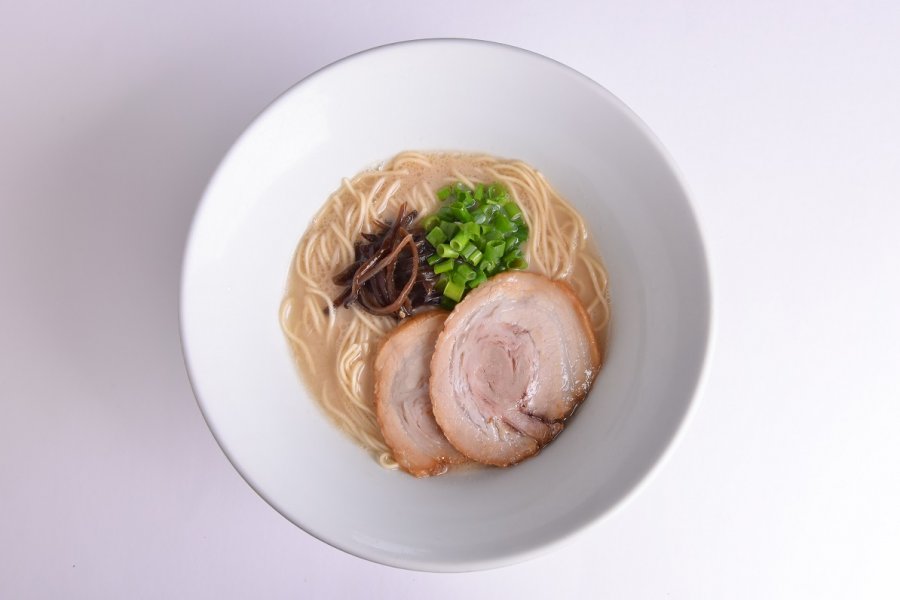
A worldwide favourite, Ippudo’s bowls of umami goodness are not to be forgotten. The Shiromaru Motoaji is their global standard ramen, which sees a creamy tonkotsu broth that’s served with thin noodles, pork belly chashu, black fungus as well as spring onions. But a local exclusive is the Chicken Shoyu, that offers home-made noodles in a clear chicken broth. It’s a tad refreshing thanks to the yuzu slices too. Chicken chashu, bamboo shoots, naruto and leek are just some of the toppings in this hearty bowl.
Kajiken
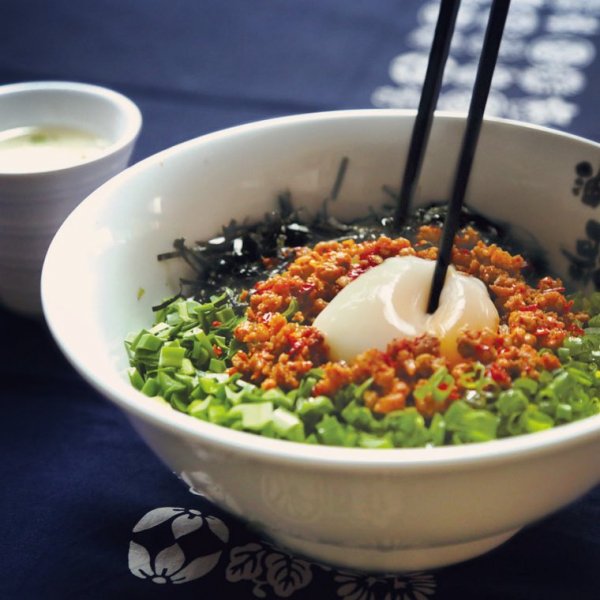
As Singapore’s first mazesoba shop dedicated to dry ramen, Kajiken Singapore offers an unparalleled tasting experience. Here, savour springy noodles tossed in a flavoursome sauce and topped with ingredients like minced meat, chives, nori and egg. Give your order a good mix before slurping away.
Kanada-Ya
Creamy, rich tonkotsu broth boiled painstakingly for 18 hours is what Kanada-Ya is known for, and that’s exactly what you’ll get. If it’s your first time dining here, get the Chashu Tonkotsu Ramen, which promises all of the brand’s original goodness with tender pork collar chashu, wood ear fungus strips, nori, spring onions, and the thin, eggy noodles. Then come back for the Gekikara Ramen when you have the chance, as Kanada-Ya is one of the few authentic ramen joints that will deliver on the promise of a fiery soup base, as seen in this spicy miso and spicy minced pork ramen.
Konjiki Hototogisu Singapore
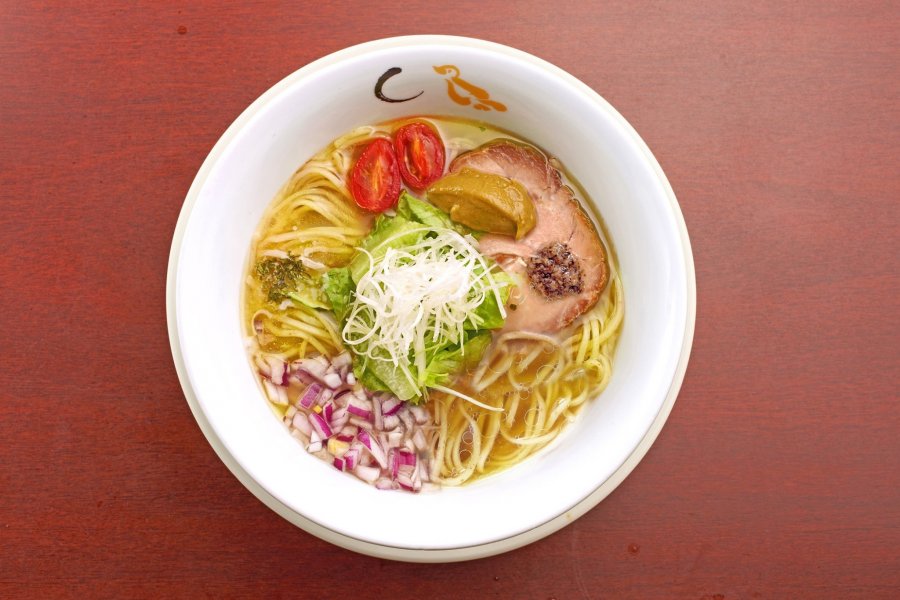
Prepare to be treated to an array of seafood flavours at Konjiki Hototogisu, lauded for its hearty clam-based broth. But numerous accolades aside, the restaurant of Chef Atsushi Yamamoto should be patronised as innovative recipes including the Winter Ramen which combines salmon and sour cream, as well as the peppers and bitter gourd-infusing Summer Ramen await.
Marutama Ramen
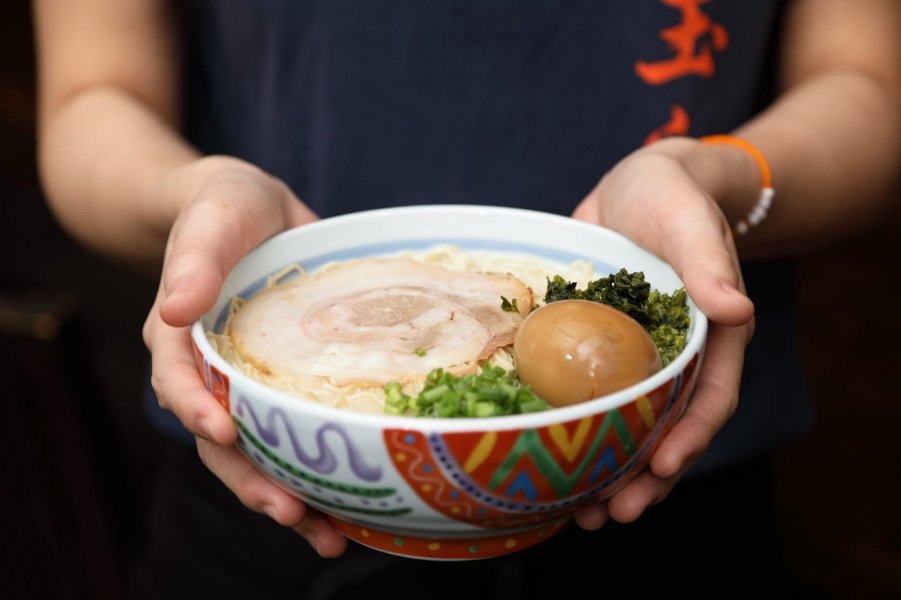
Instead of using a pork-based broth as a soup base, Marutama Ramen serves a chicken paitan soup with its homemade noodles—and trust us when we say it works. Dig into the milky white chicken broth topped with char siu, seaweed and spring onions (plus ramen, of course) when you order the classic Marutama Ramen; or if you’re starved, get the Zenbu Nose Ramen that encompasses generous portions of pork belly and char siu, seaweed, as well as a lava egg.
Ramen Bari-Uma
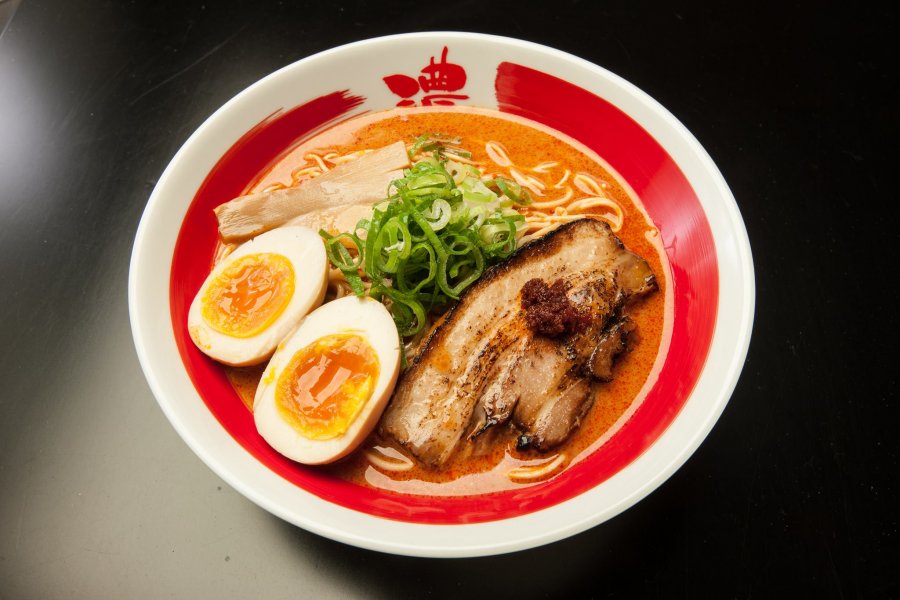
Generous bowls of Japanese ramen are dished out at none other than Ramen Bari-Uma, which places an emphasis on both its preservative-free, handmade noodles as well as thick pork and chicken broths. So while the Ajitama-Uma presents a flavourful pork shoyu soup with grilled chashu, it’s the Tori-Ajitama-Uma you should try for an equally-rich chicken broth topped with two drumlets. In few words, the Hiroshima-hailing chain is unconventional yet authentic.
Ramen Keisuke
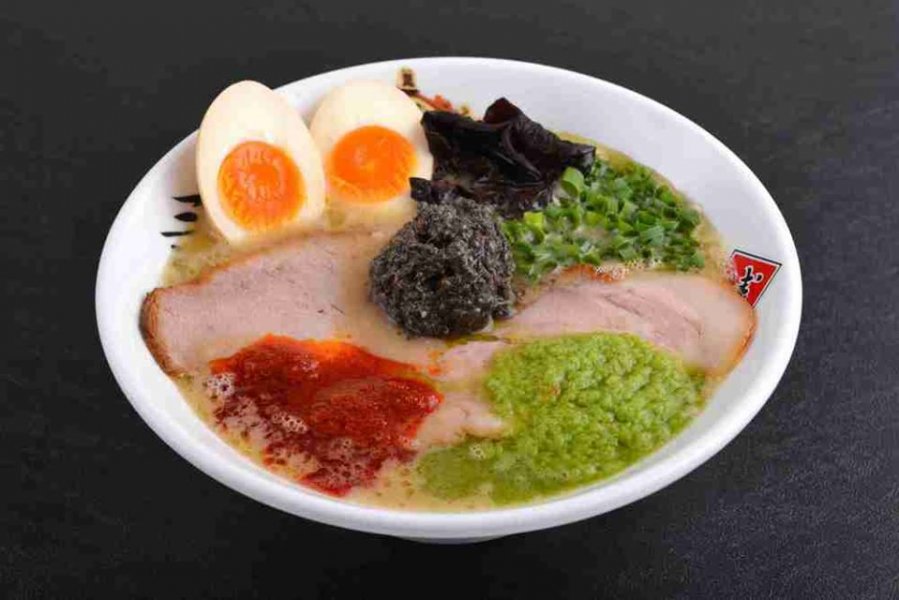
Well-known for their free-flow hard boiled eggs, Ramen Keisuke serves up three different kinds of broths at their Tonkotsu outlets. You can choose from Black Spicy, Red Spicy and Original Broth and even specify the richness of the broth and texture of your noodles.
Ramen Nagi
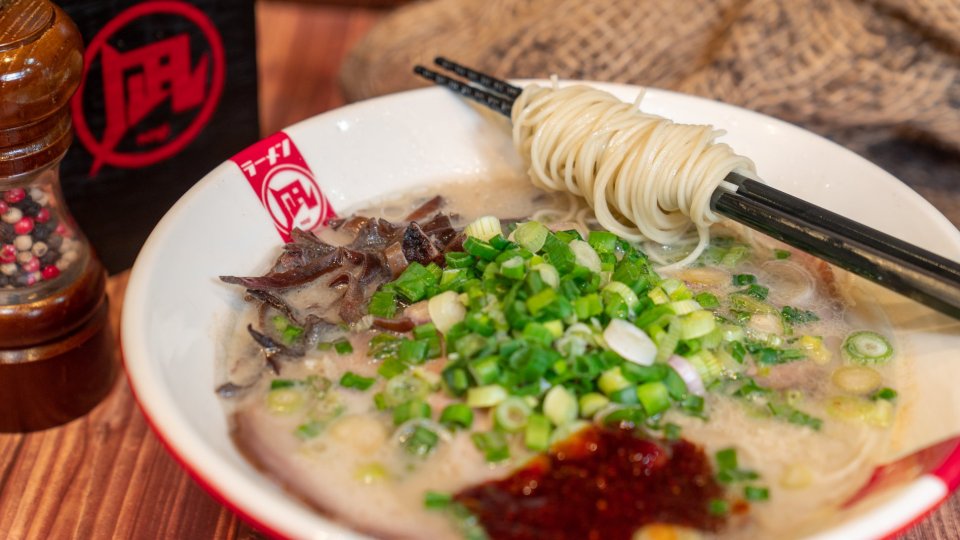
Made with premium ingredients air-flown all the way from Japan, each bowl of Ramen Nagi (they have outlets at Ion and Suntec) is handcrafted with care. The ramen chain’s four signature bowls include the traditional Butao King (original) and piquant Red King (spicy); but those looking for more interesting combinations can try the Black King (black garlic) and Green King (basil).
Sanpoutei Ramen
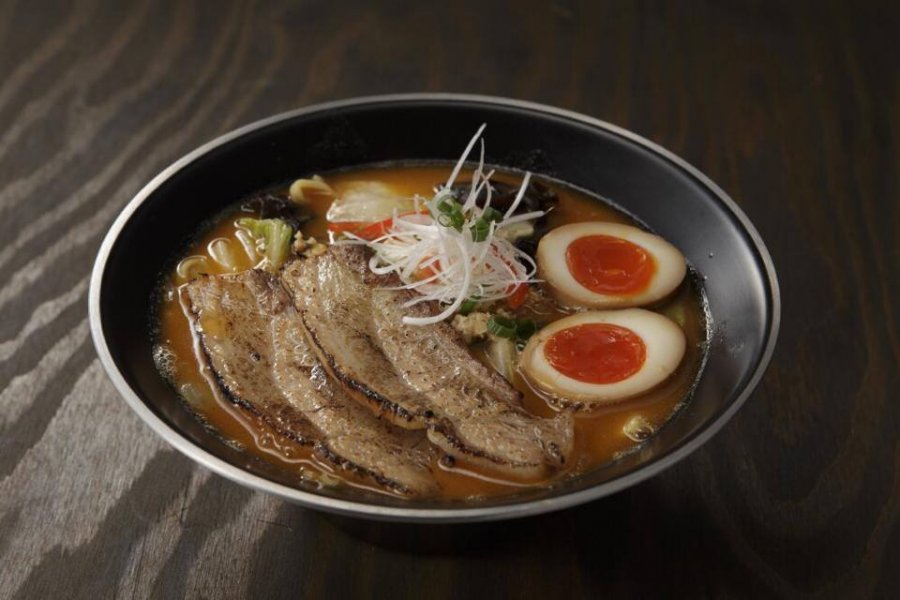
Sanpoutei’s signature shoyu ramen is big on flavour, thanks to a rich broth made with chicken, vegetables and sardines. They also have tsukemen noodles for more adventurous diners and tonkotsu ramen for those who prefer a traditional pork broth. Make sure to also savour their signature Niigata Shoyu Ramen topped with a homemade flavoured soft-boiled egg and tenderly stewed aburi chashu. Order a serving of their chicken karaage while you’re at it too, it’s everything Japanese fried chicken should be, and more.
Tonkotsu Kazan Ramen
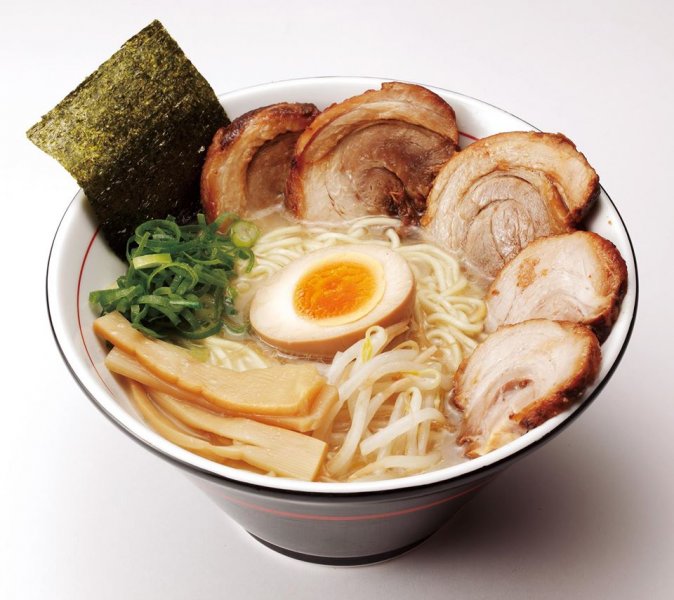
Osaka-based ramen stall Tonkotsu Kazan Ramen is known for its volcano ramen. Using hot stone crockery, steam erupts from the top of the pot cover during the cooking process, creating a “volcano”. The effervescent dish comes in a curry version too.


